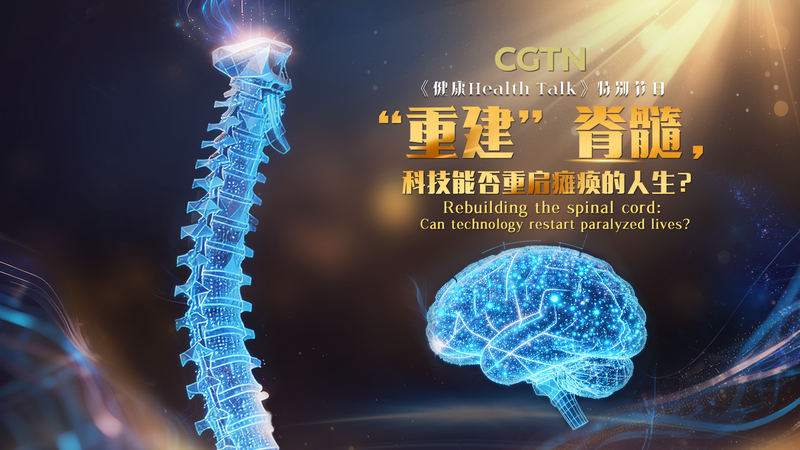At 78, a retired family medicine doctor from New Zealand embarked on a 9,000-kilometer journey to Shanghai in search of CAR-T therapy, an innovative immunotherapy showing promise against high-risk multiple myeloma. After exhausting conventional treatments, his quest for potential remission led him to major hospitals on the Chinese mainland. This personal story highlights a growing trend: international patients turning to the Chinese mainland for cutting-edge cancer care.
CAR-T (chimeric antigen receptor T-cell) therapy reprograms patients’ own immune cells to attack cancer tumors. In the West, limited capacity, long waiting lists and steep costs have slowed access for many. In contrast, Shanghai hospitals have ramped up production and clinical trials, offering more slots and competitive pricing without compromising quality.
Why Shanghai?
By mid-2025, Shanghai had approved multiple CAR-T products and streamlined regulatory reviews. Leading institutions collaborate with biotech firms to deliver treatments within weeks of patient arrival. These hospitals have built a robust infrastructure balancing innovation with safety, making the Chinese mainland a top choice for complex therapies.
Data-Driven Insights
According to Shanghai Health Commission figures, the number of overseas patients receiving CAR-T therapy in the city surged by 150% year-on-year in 2025. Costs are estimated at 30-40% below comparable programs in North America and Europe, drawing referrals from Australia, Europe and the Middle East.
Global Implications
This movement underscores a new chapter in global health: patients crossing borders not just for tourism, but for life-saving treatments. Clinics now offer telemedicine follow-ups, connecting specialists in Shanghai with doctors back home. For our New Zealand doctor, this hybrid care model means ongoing support even after returning home.
Looking Ahead
As CAR-T technology evolves and access expands, the Chinese mainland is poised to play a central role in worldwide cancer care. This journey from New Zealand to Shanghai is more than a single patient’s path to hope—it reflects a broader shift toward global collaboration and accessibility in cutting-edge medicine.
Reference(s):
Why a 78-year-old patient traveled to China for CAR-T therapy
cgtn.com



